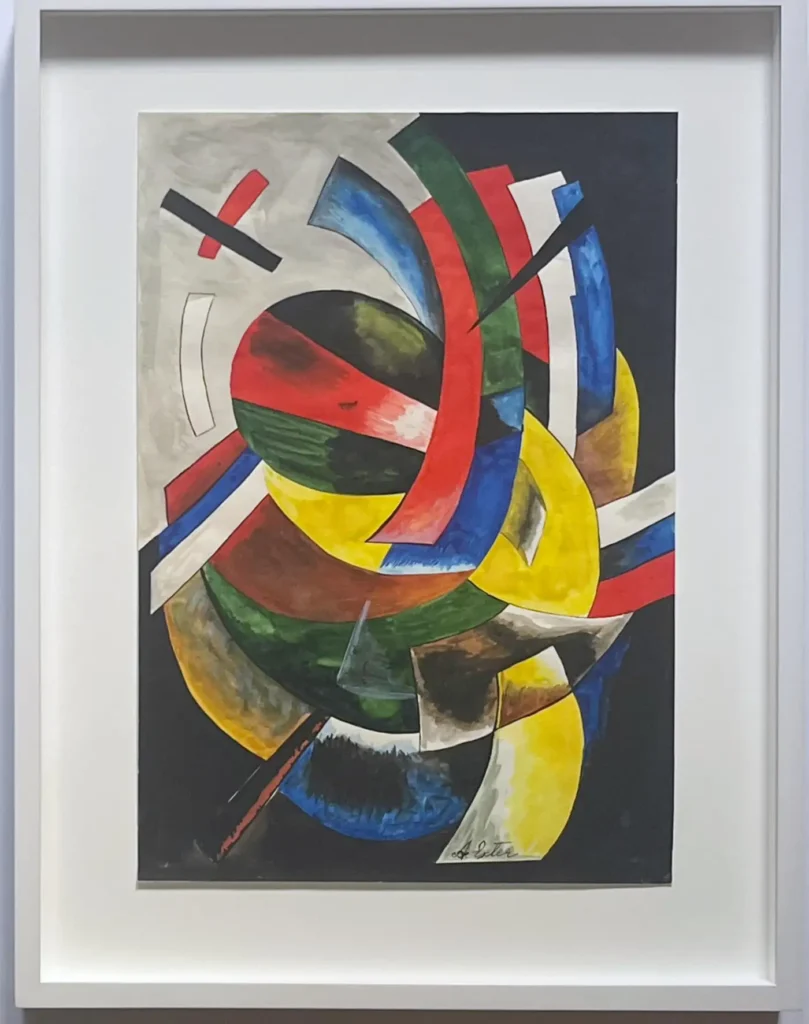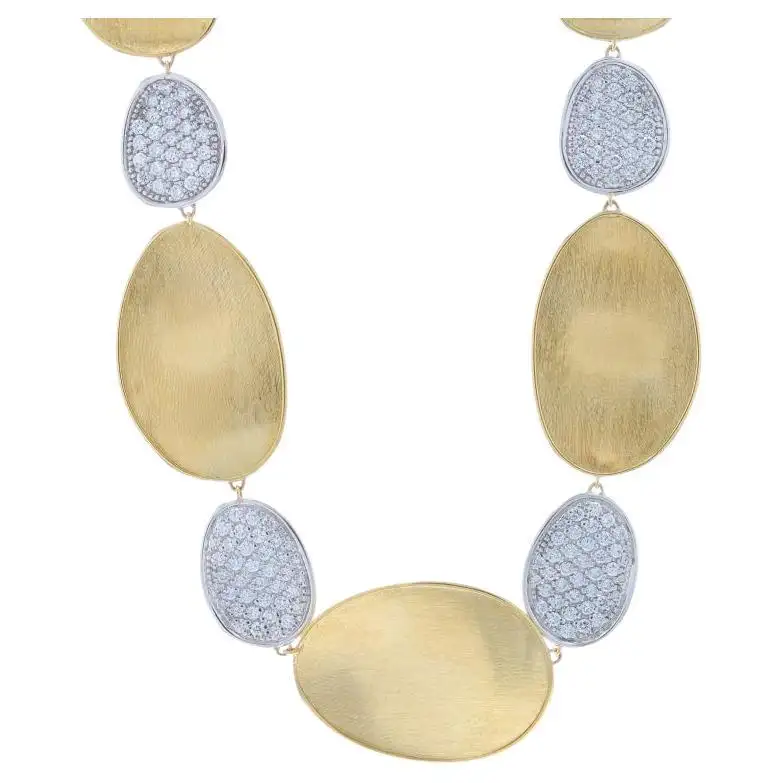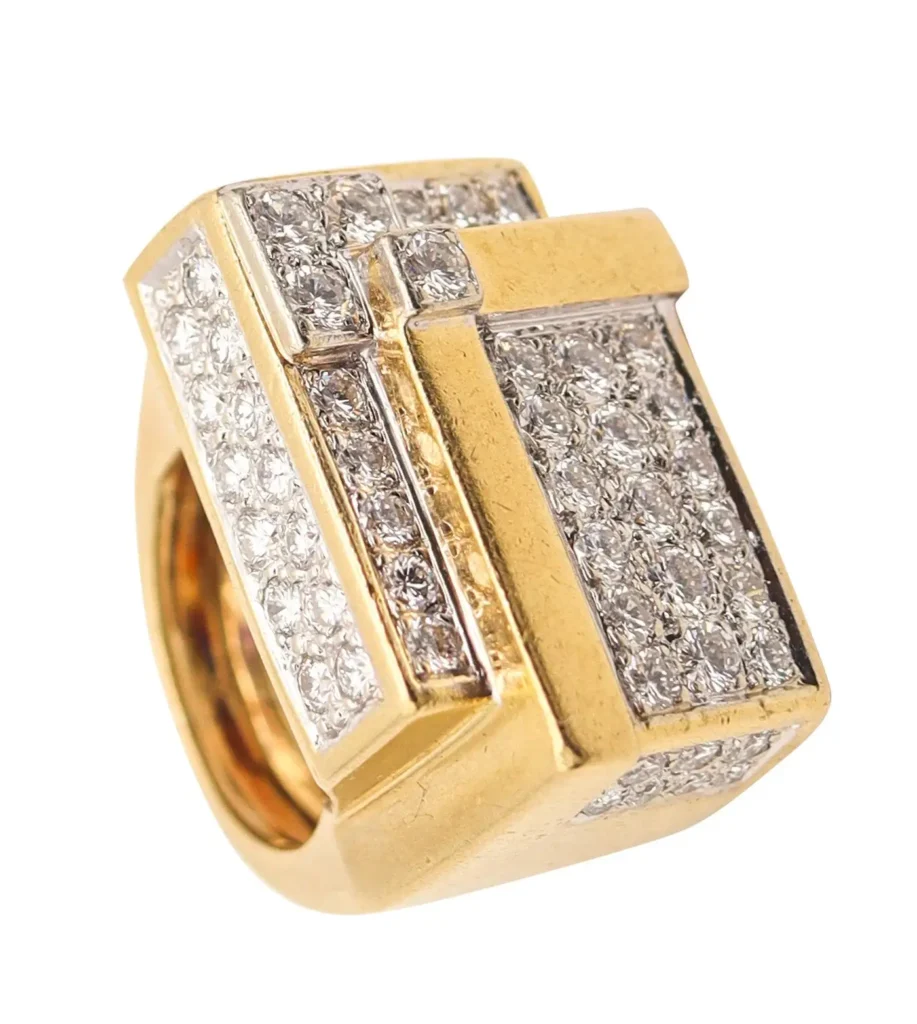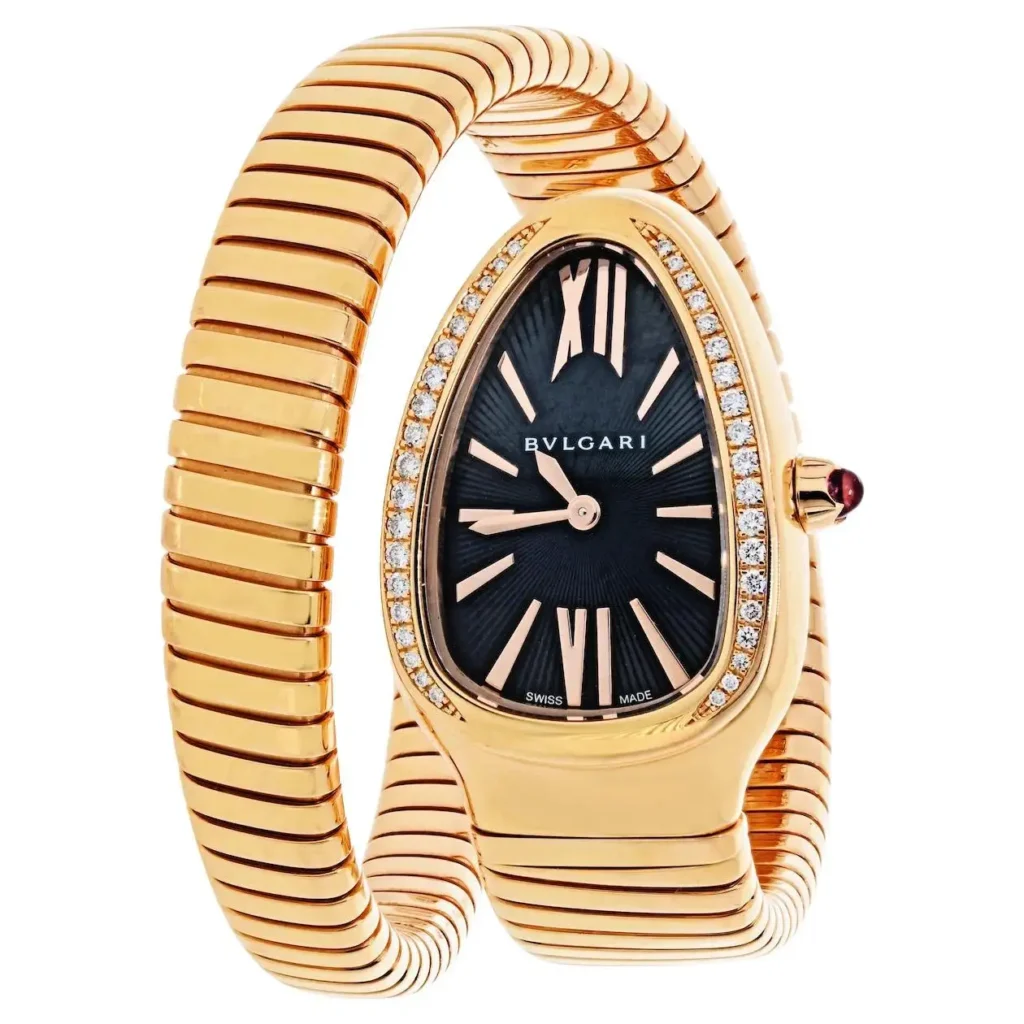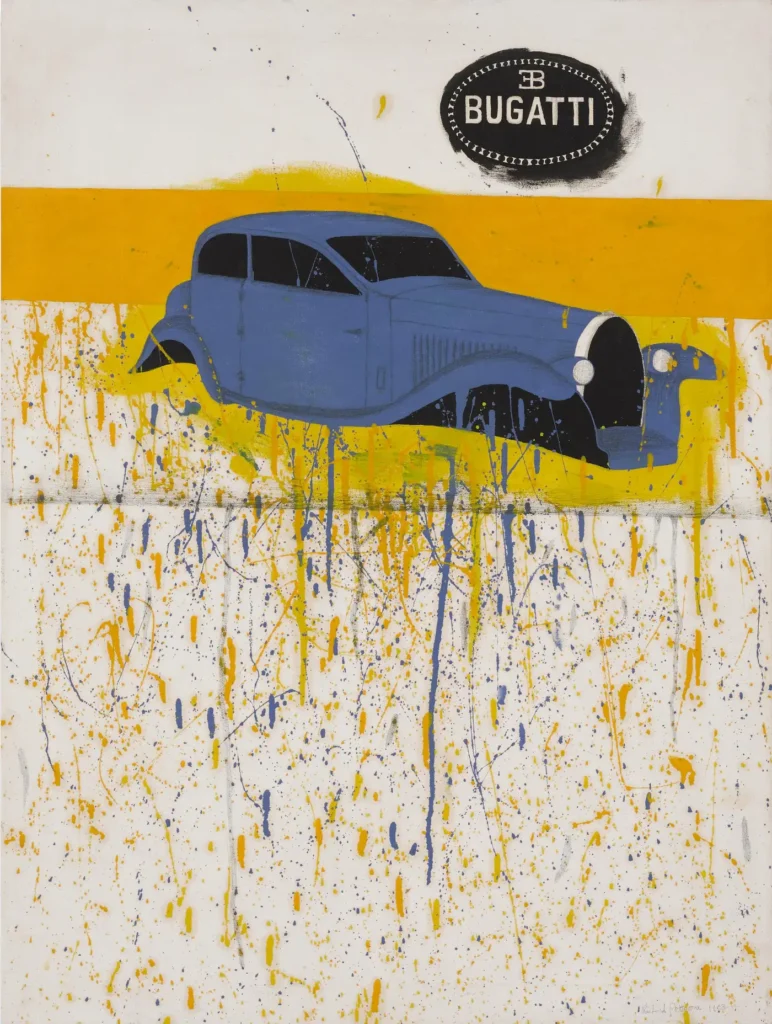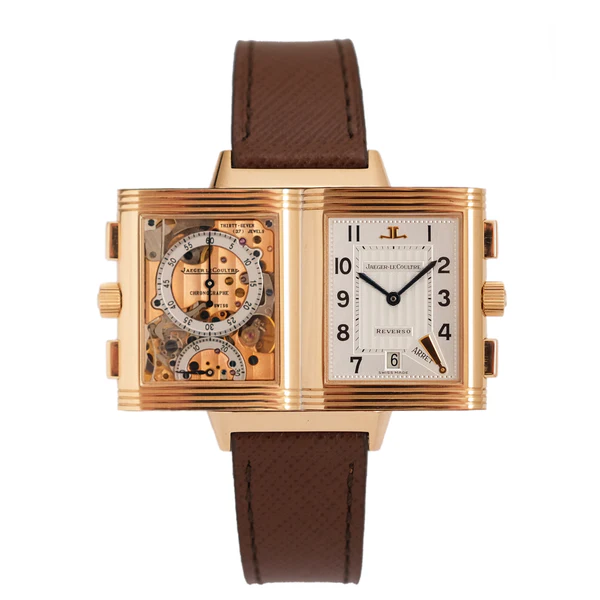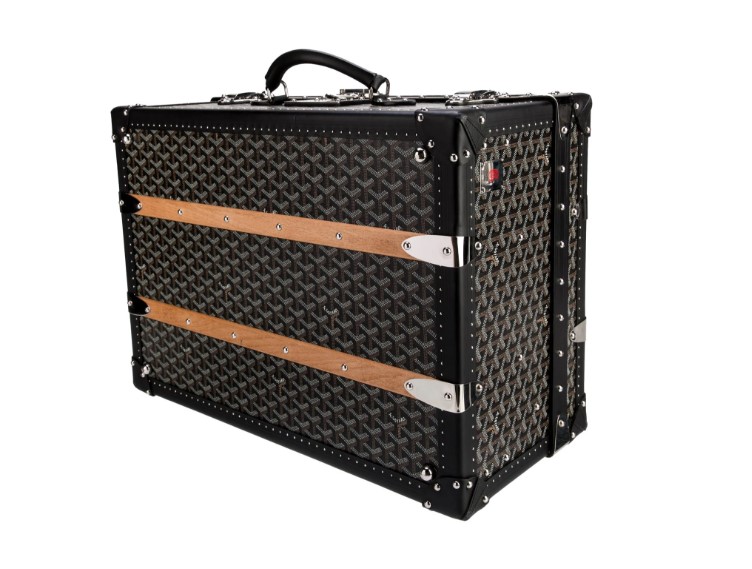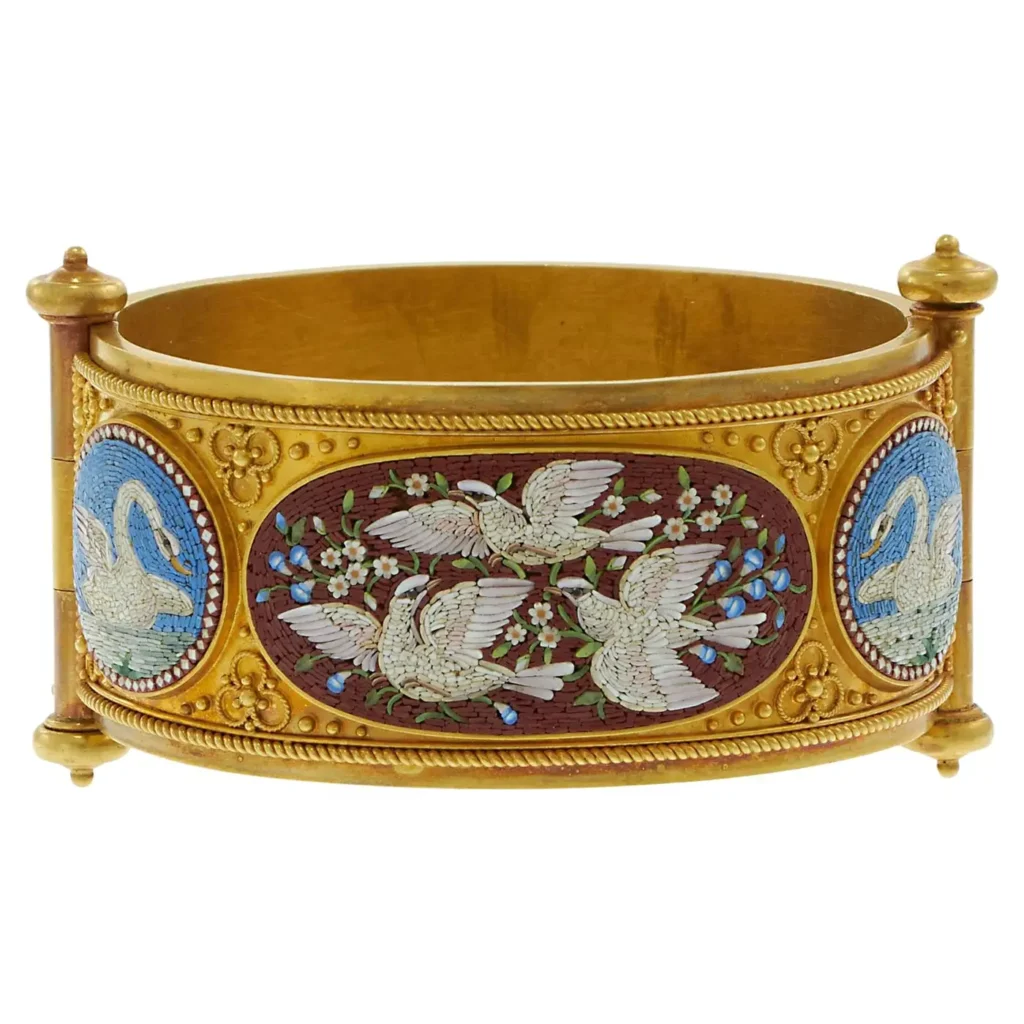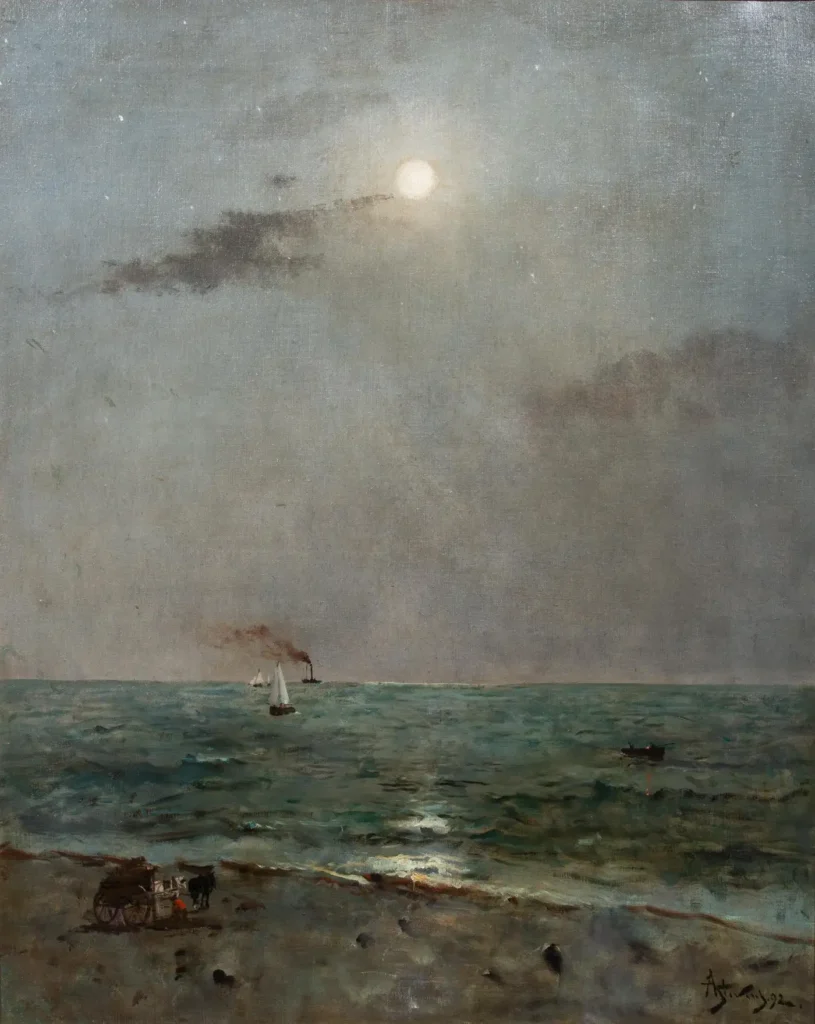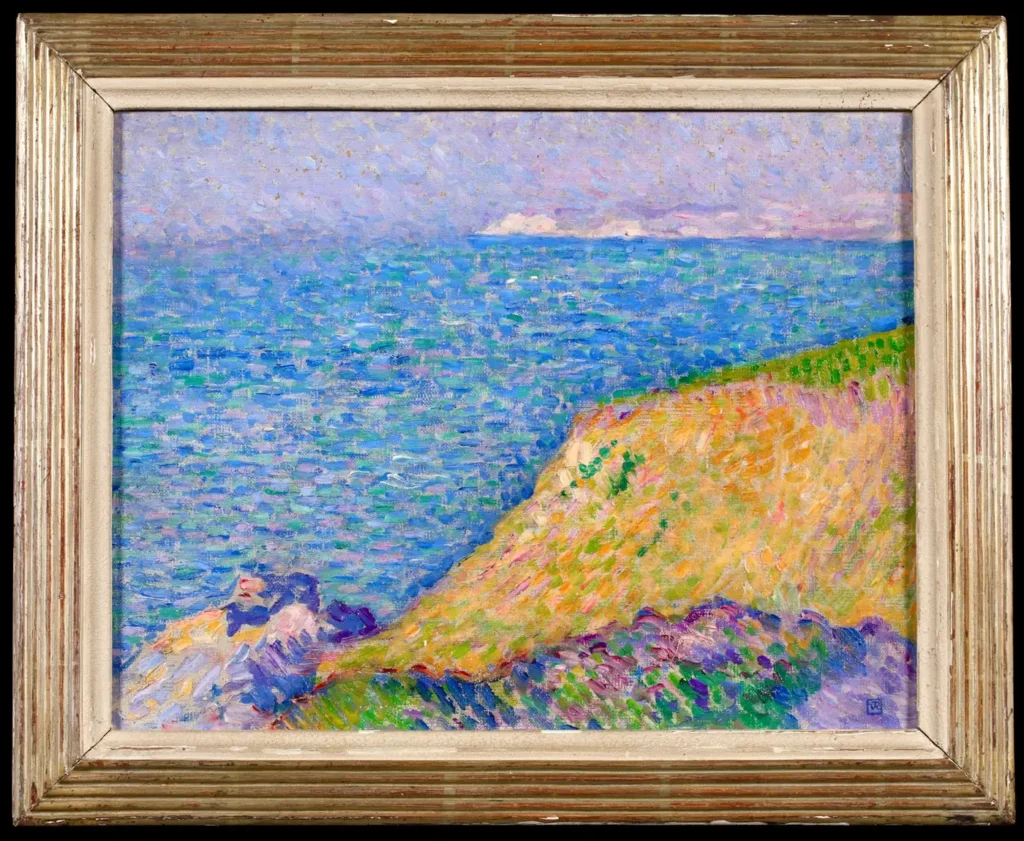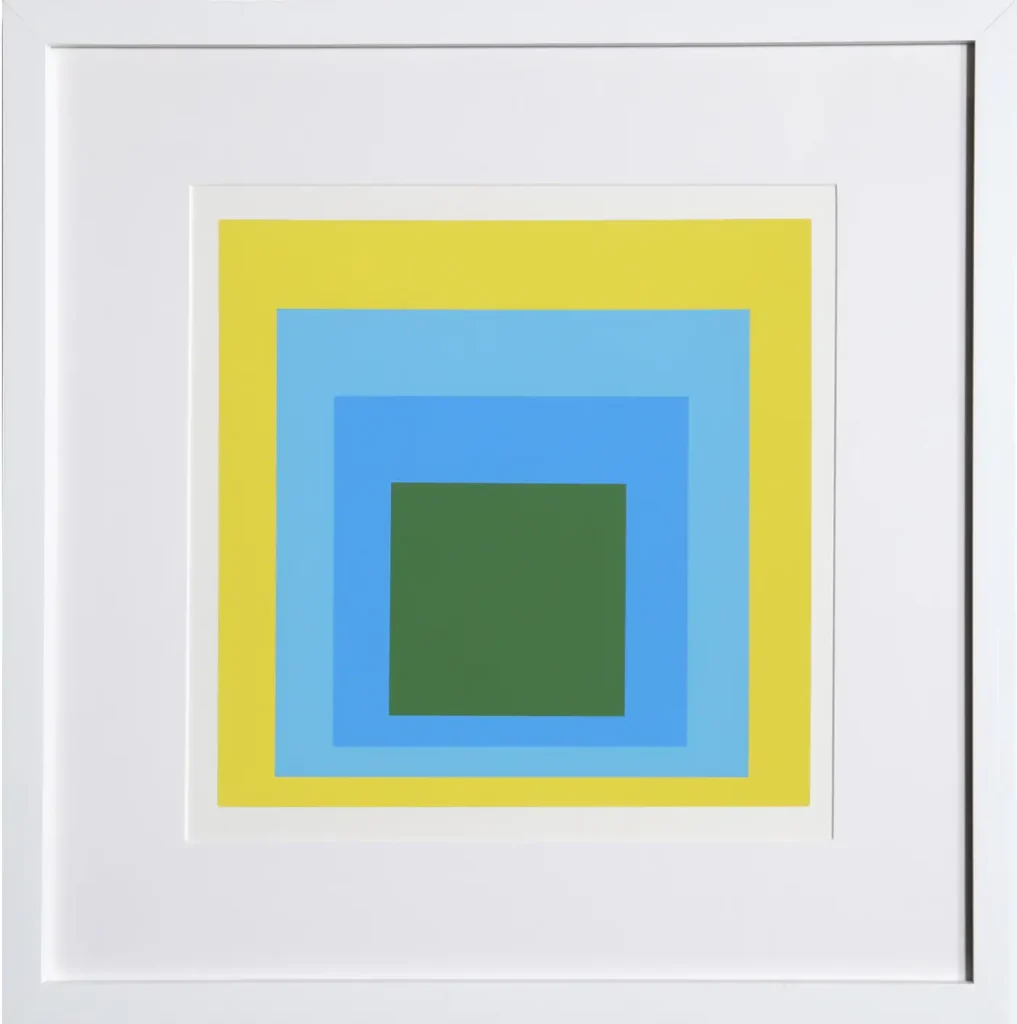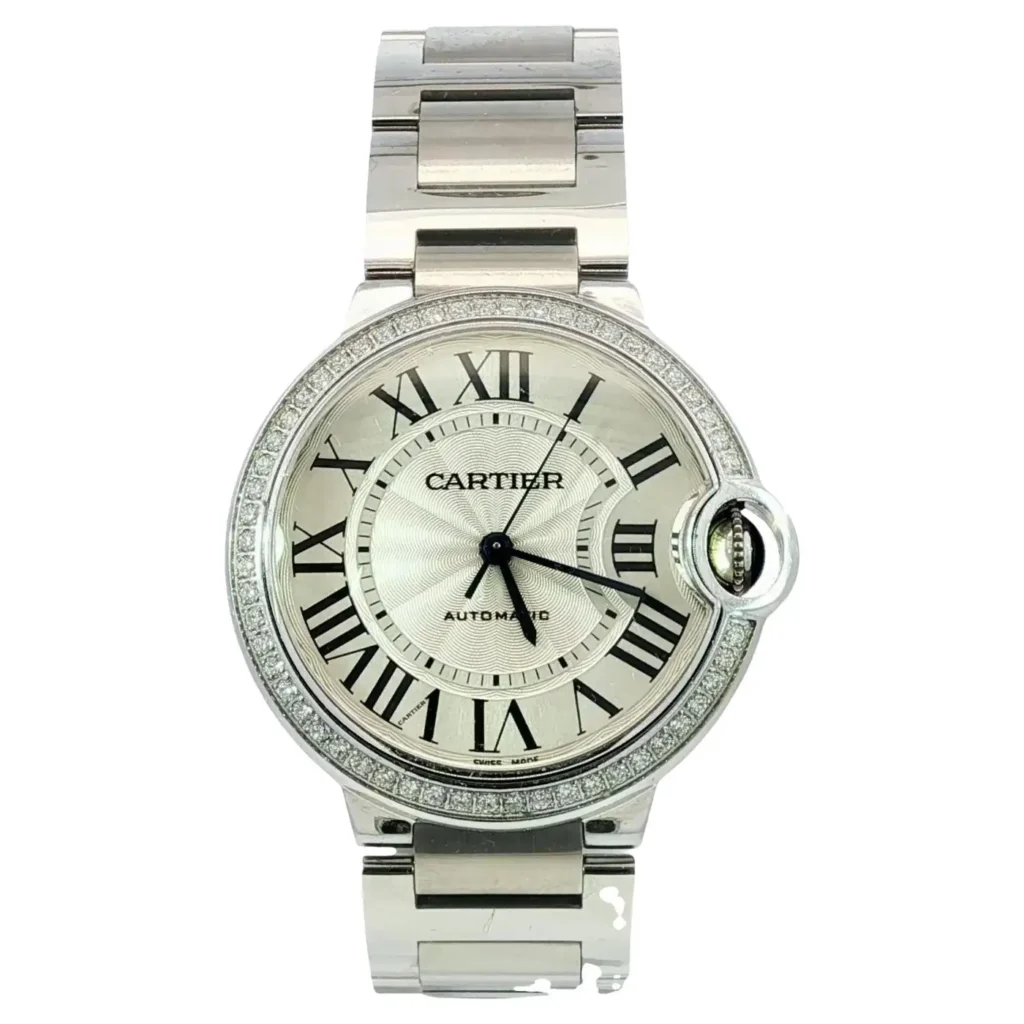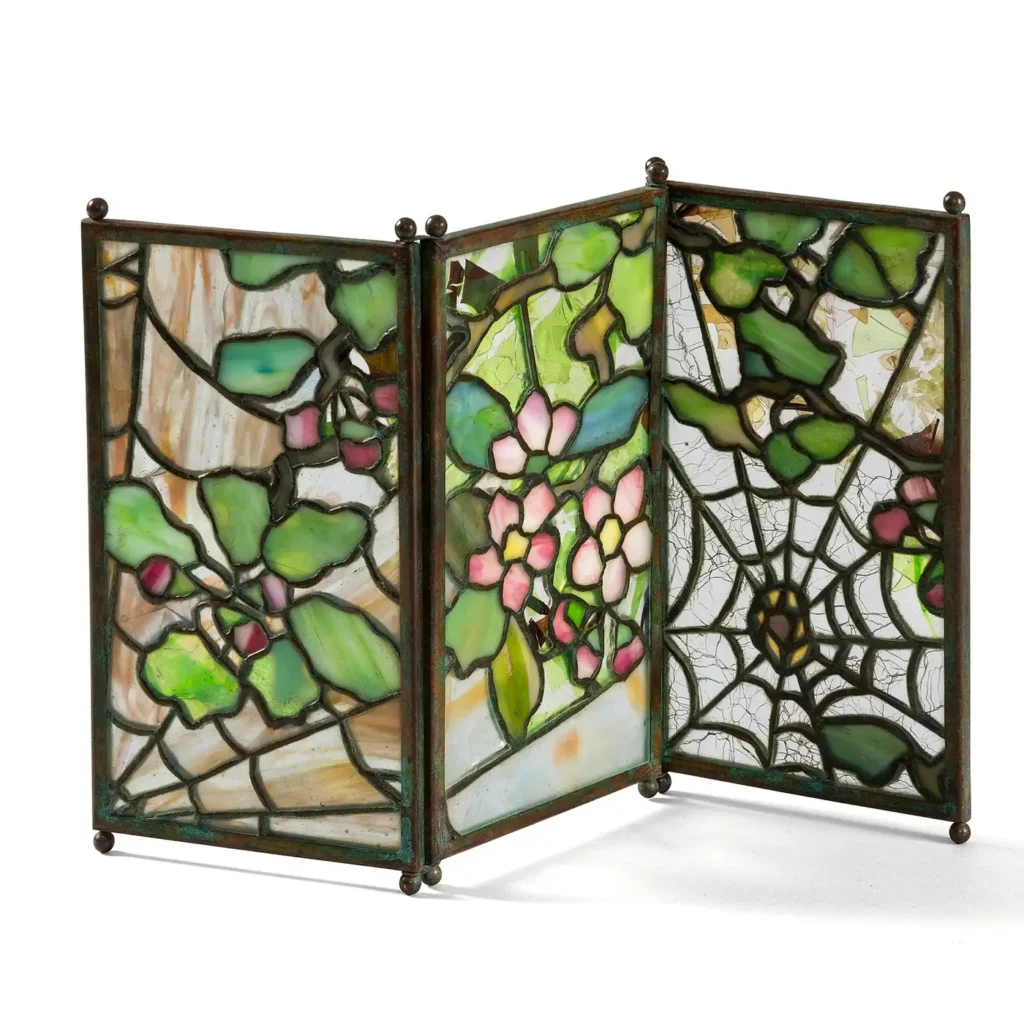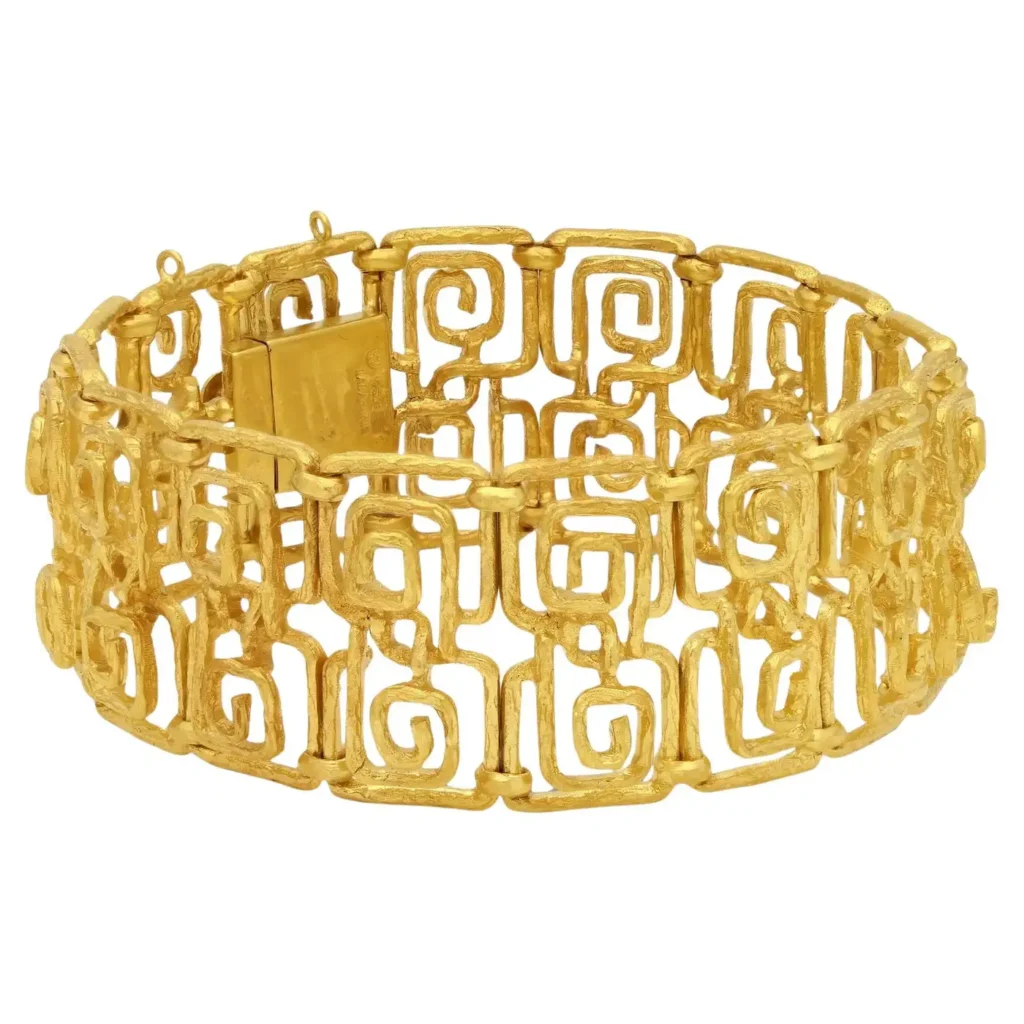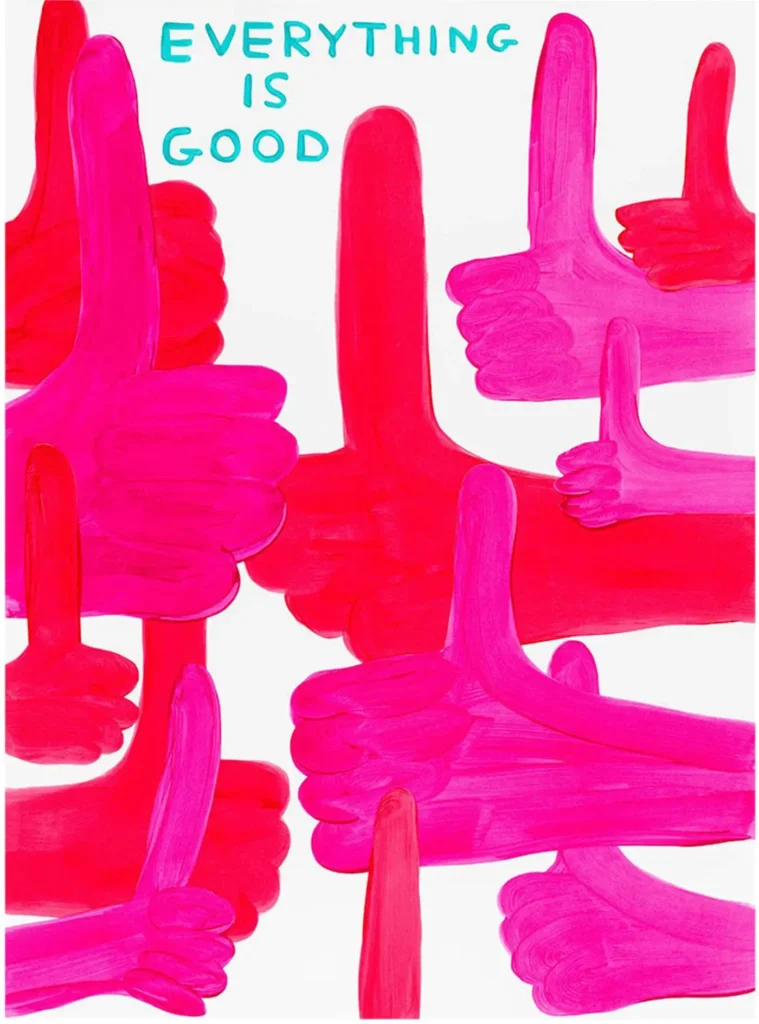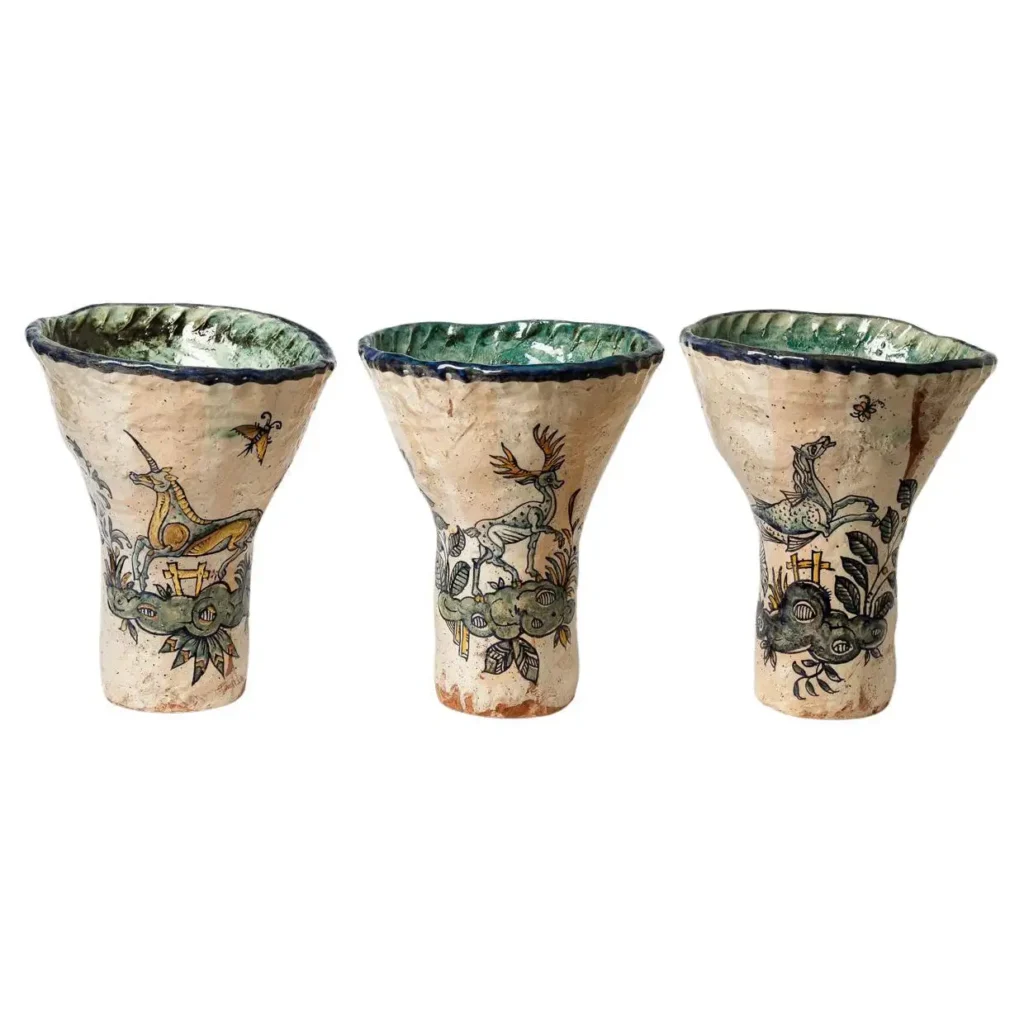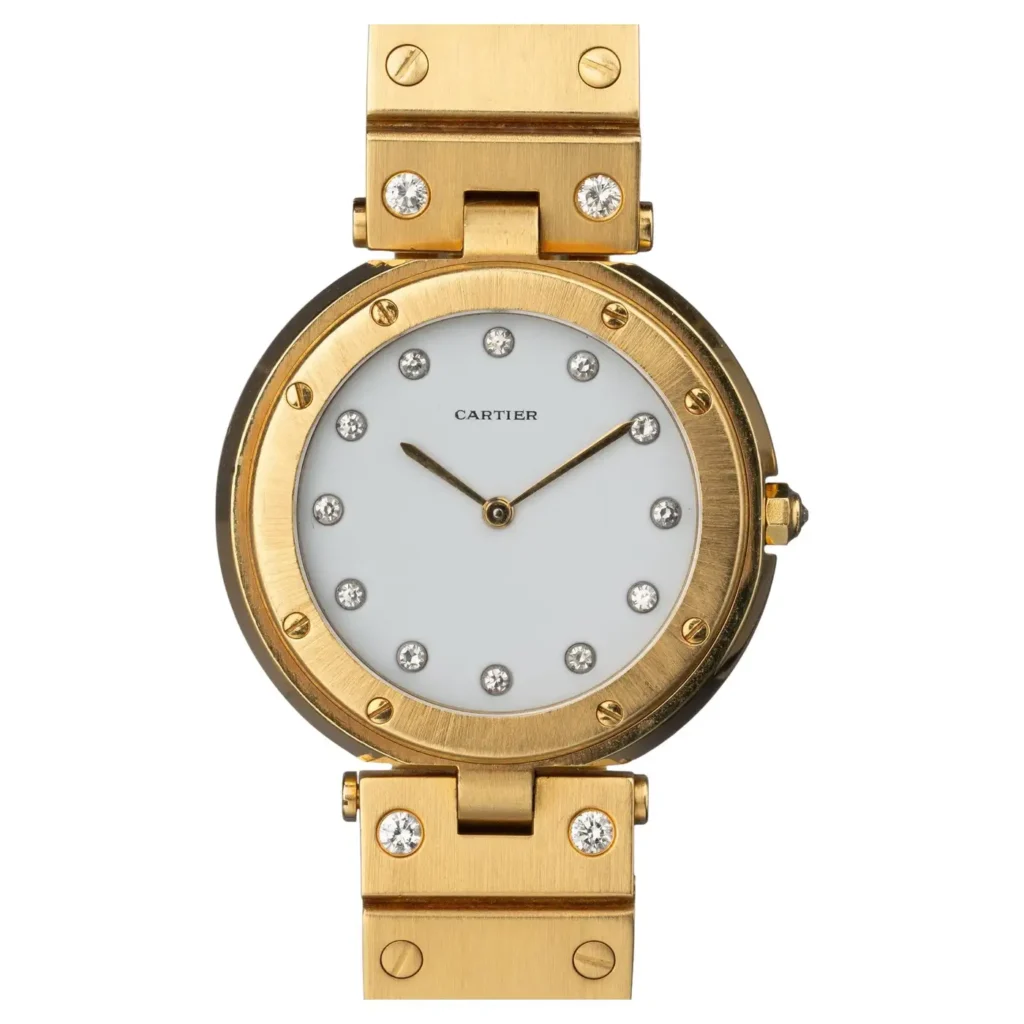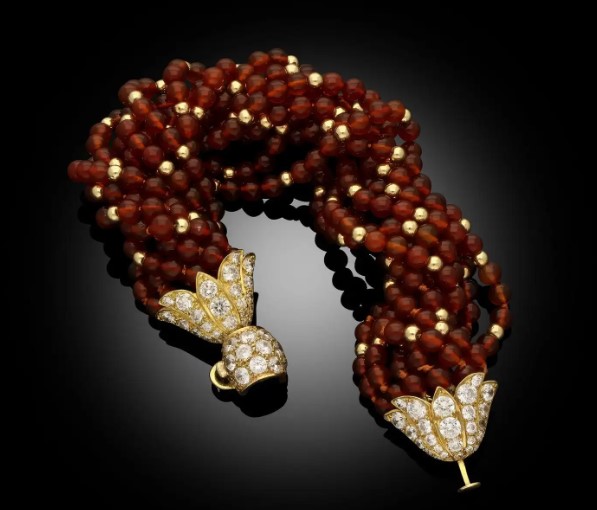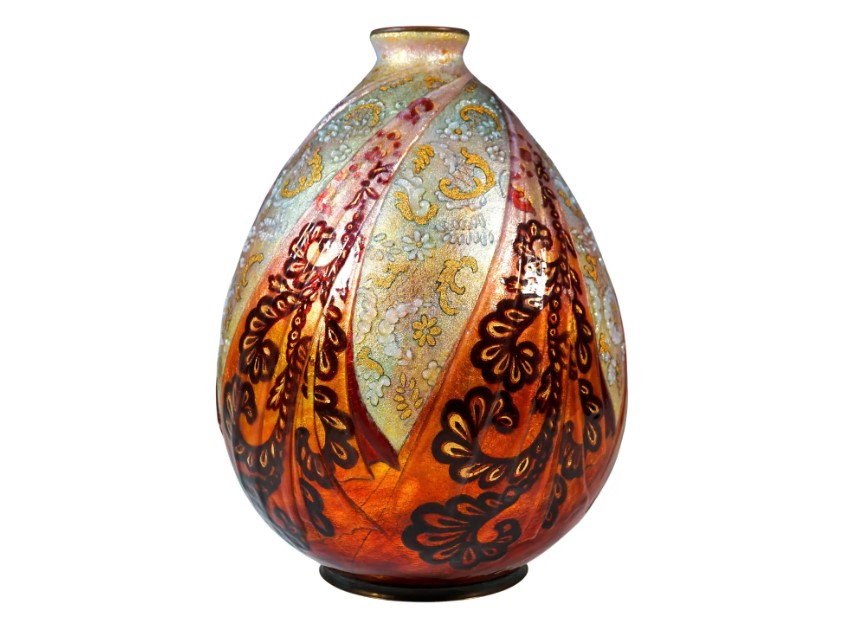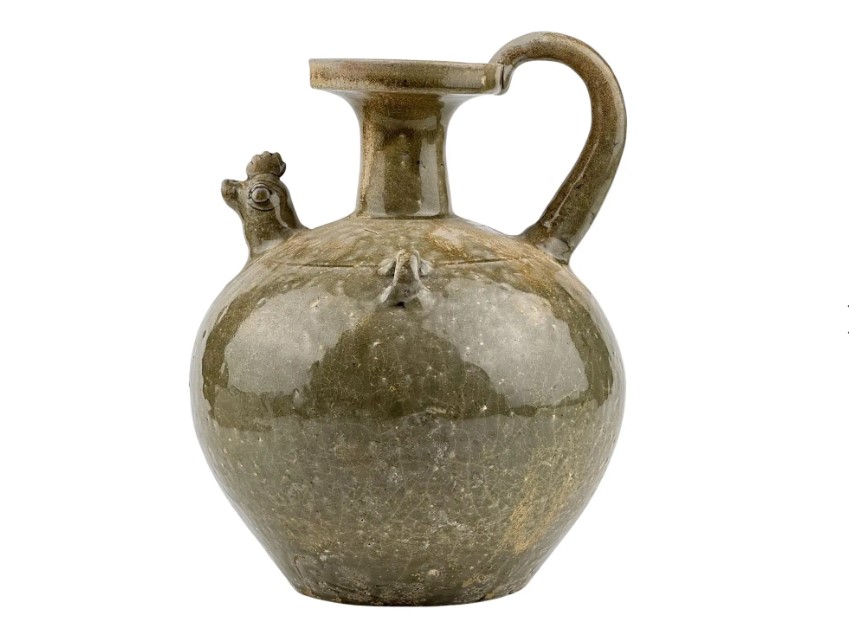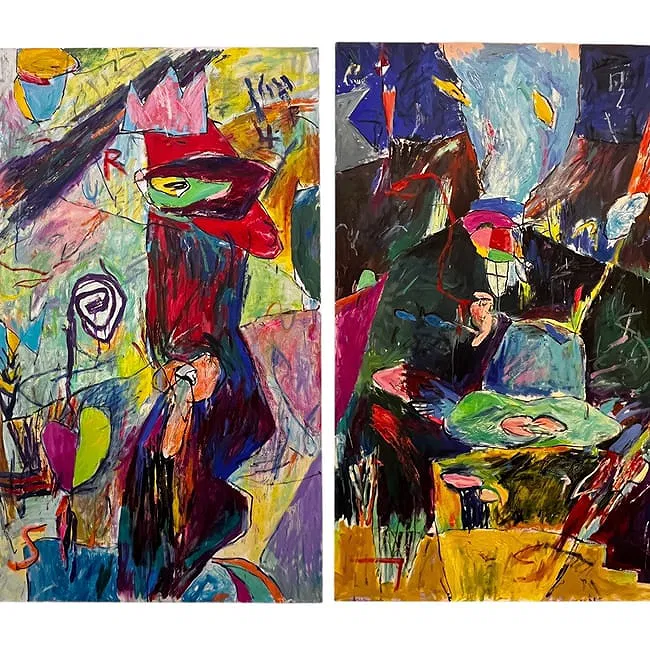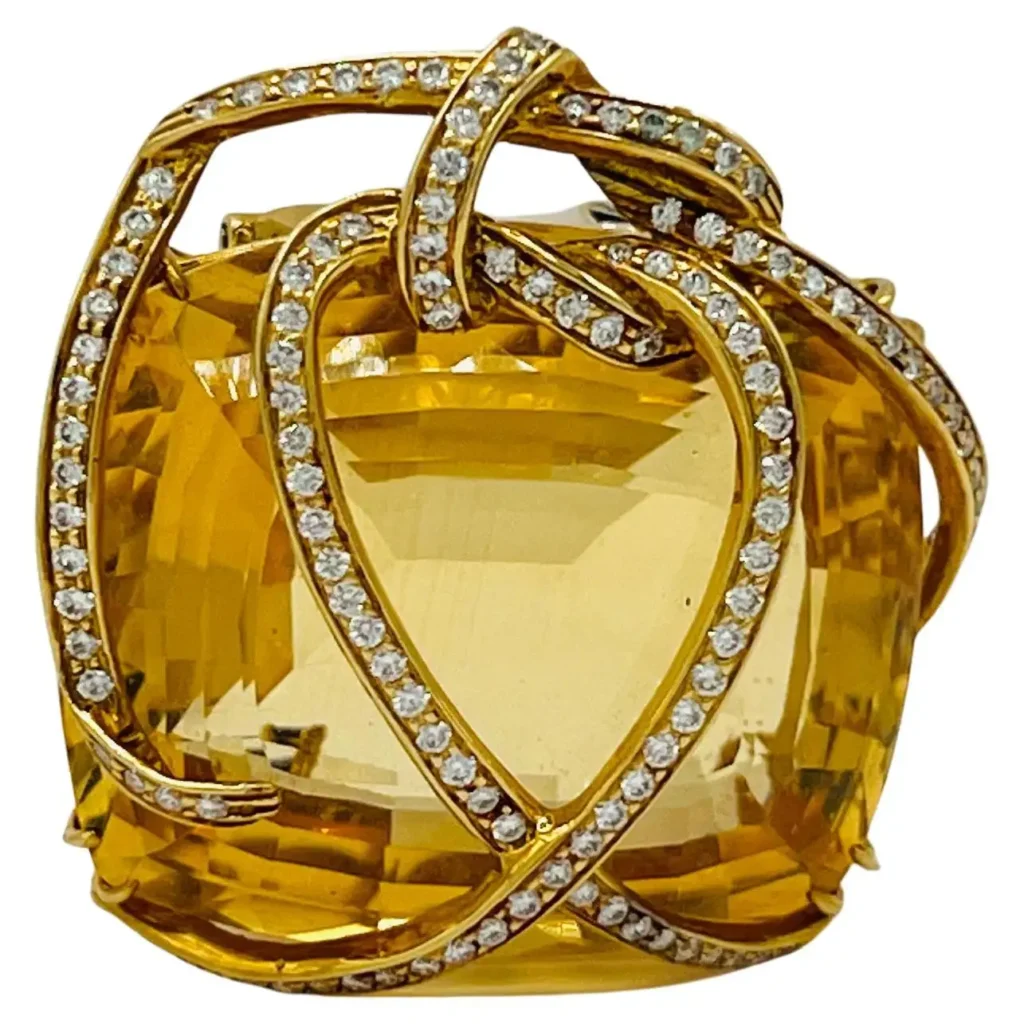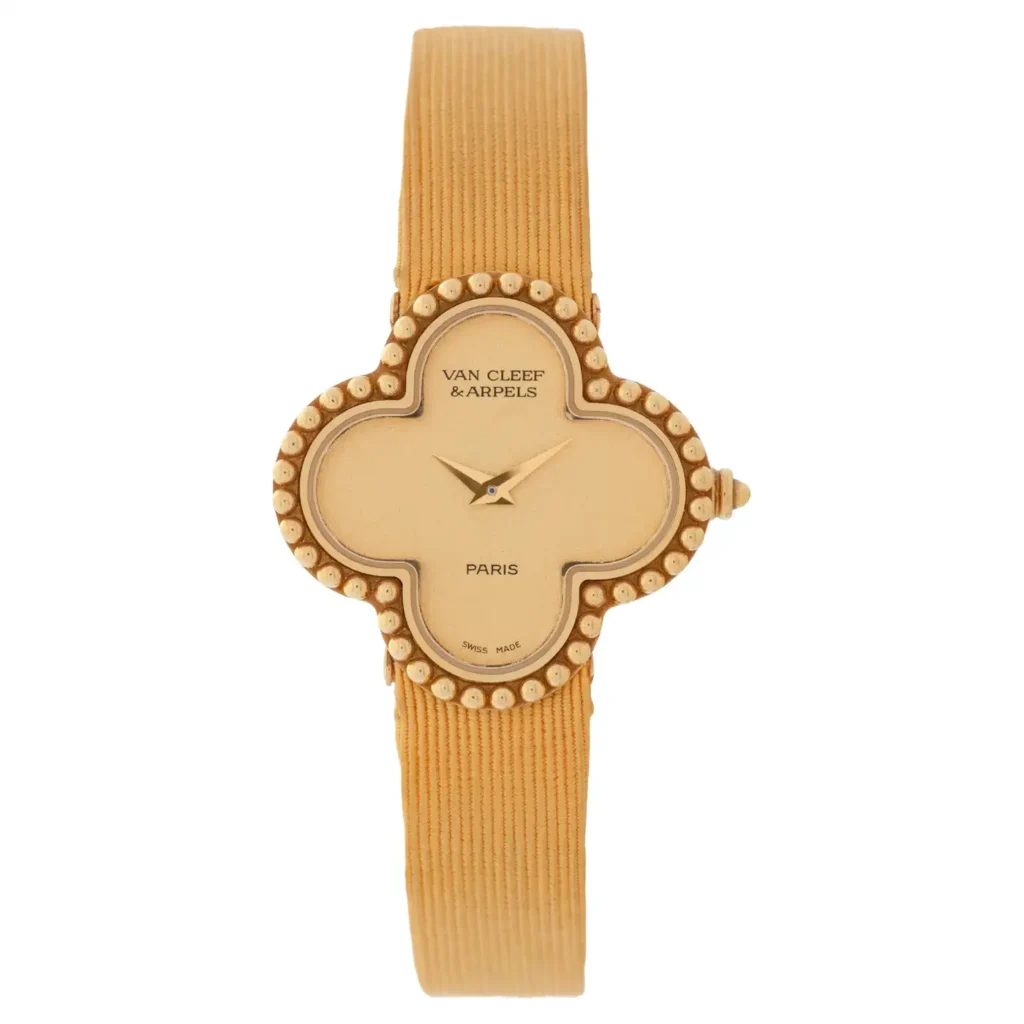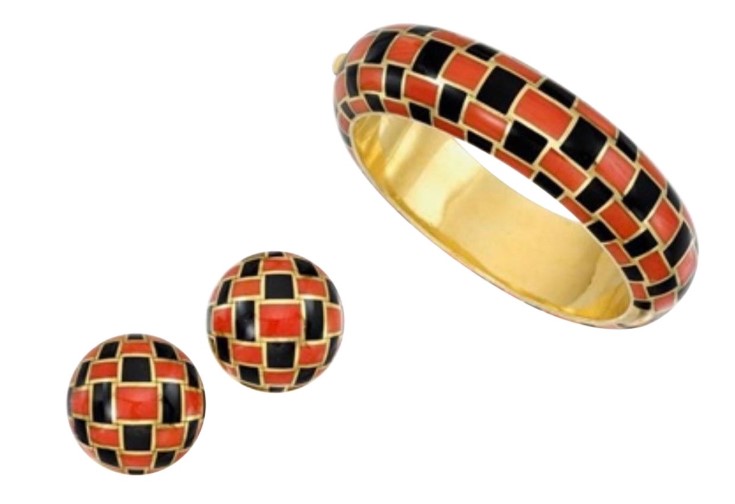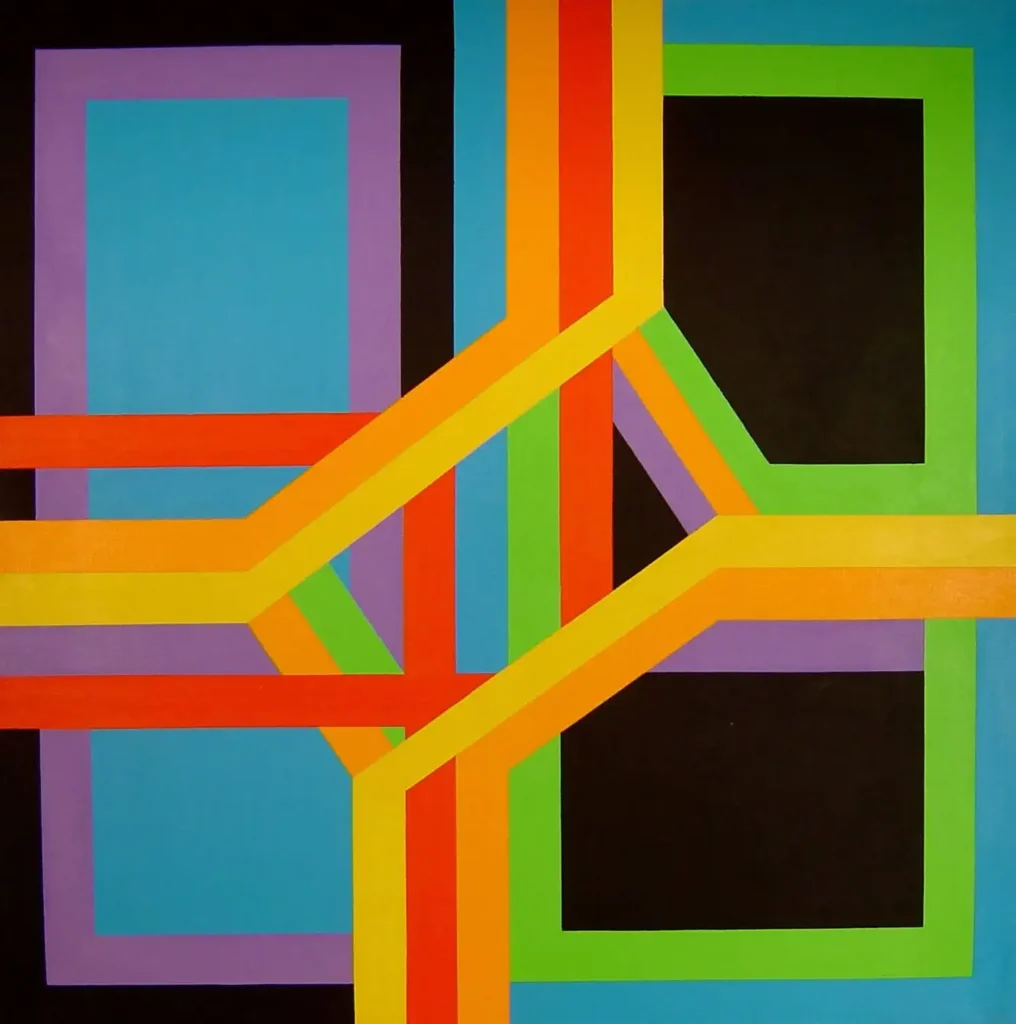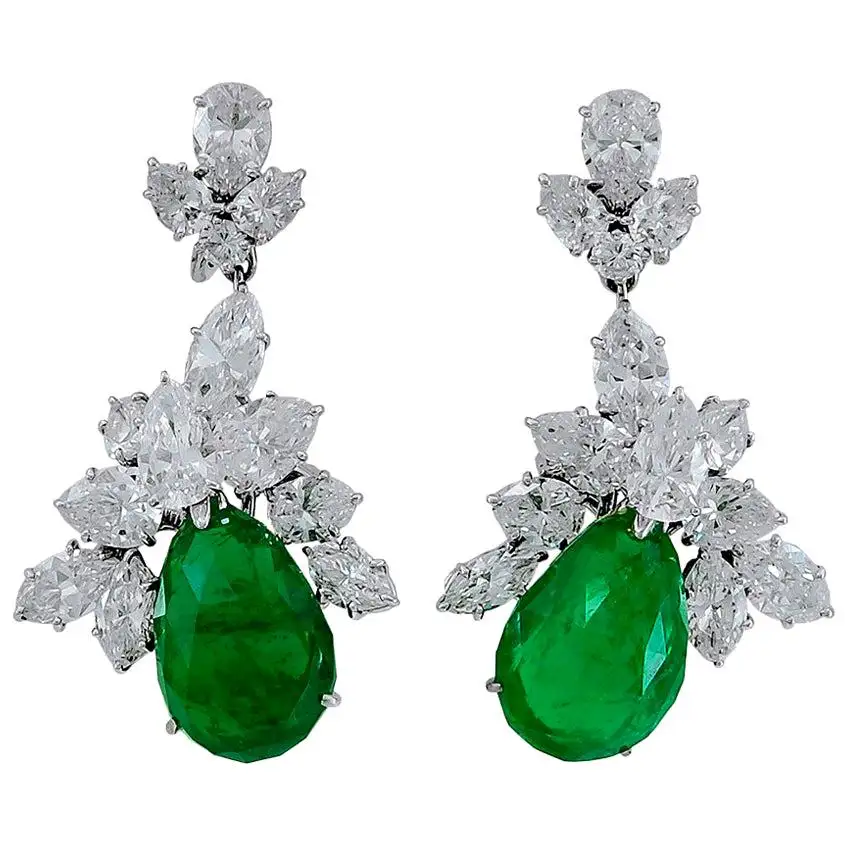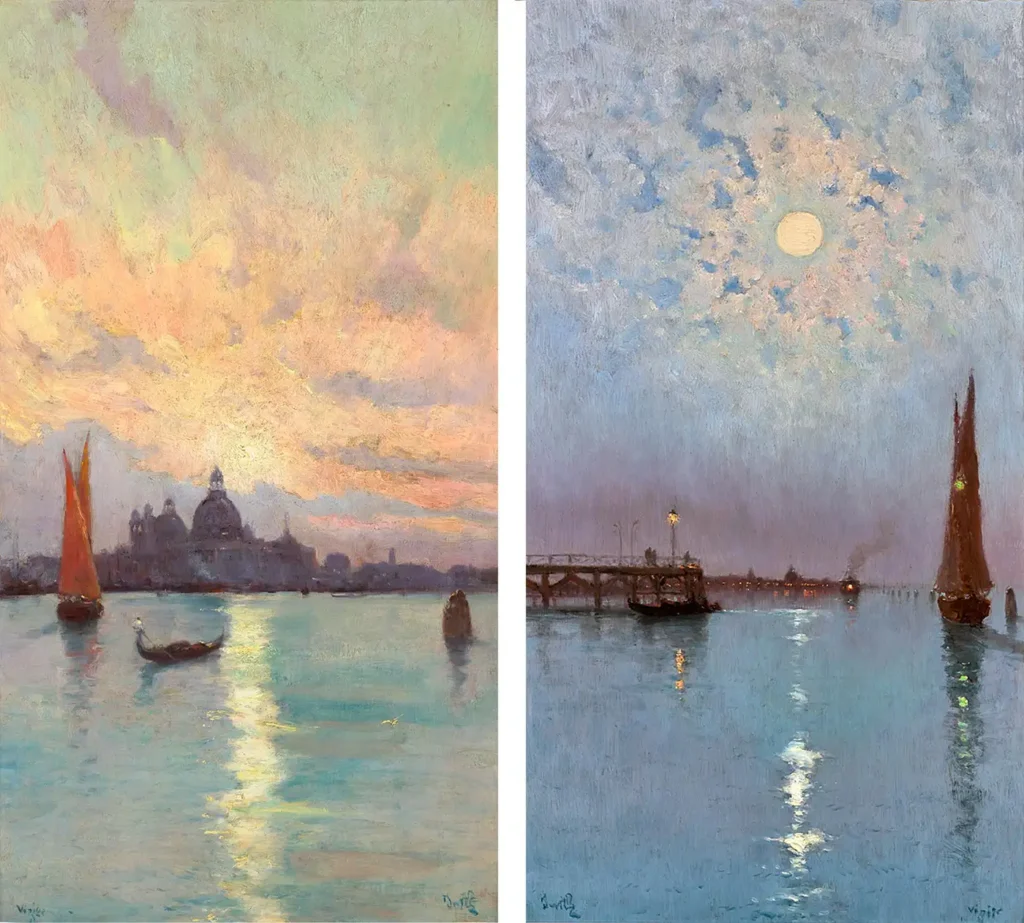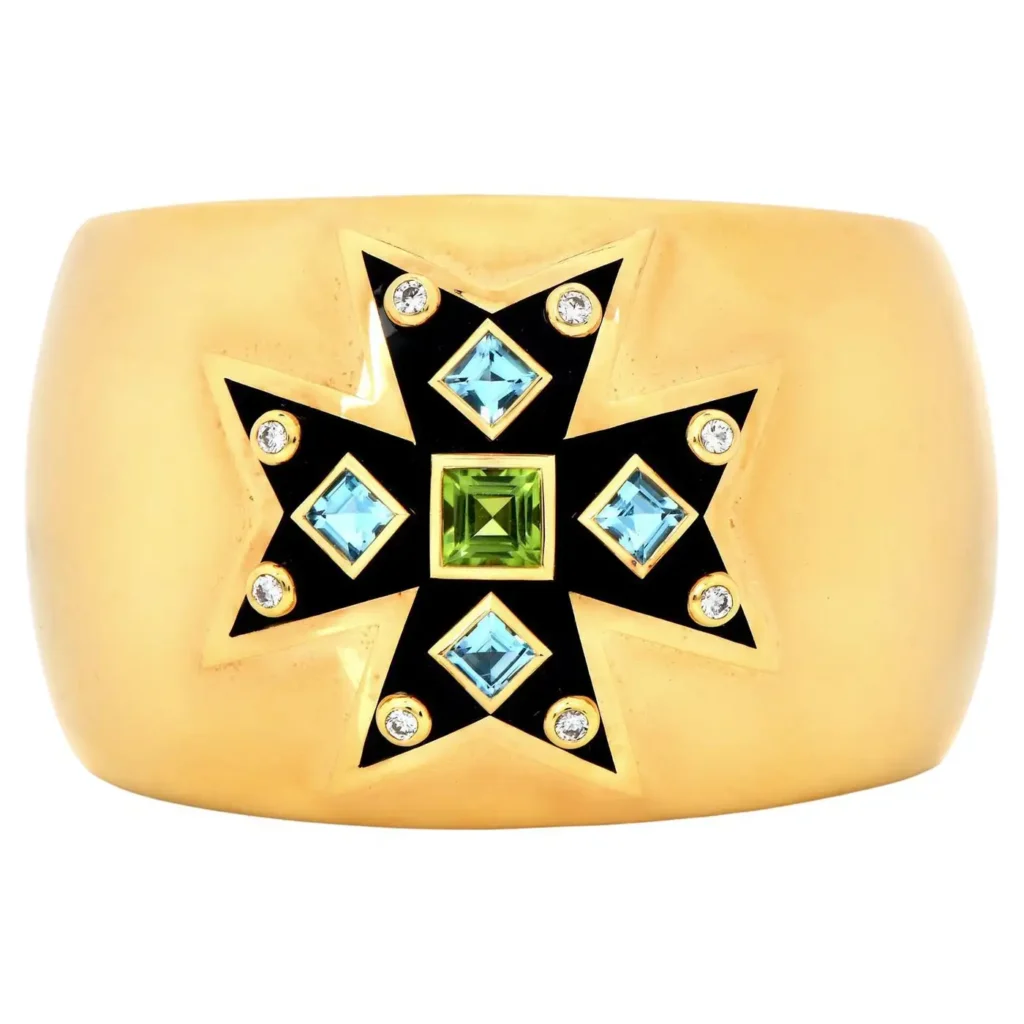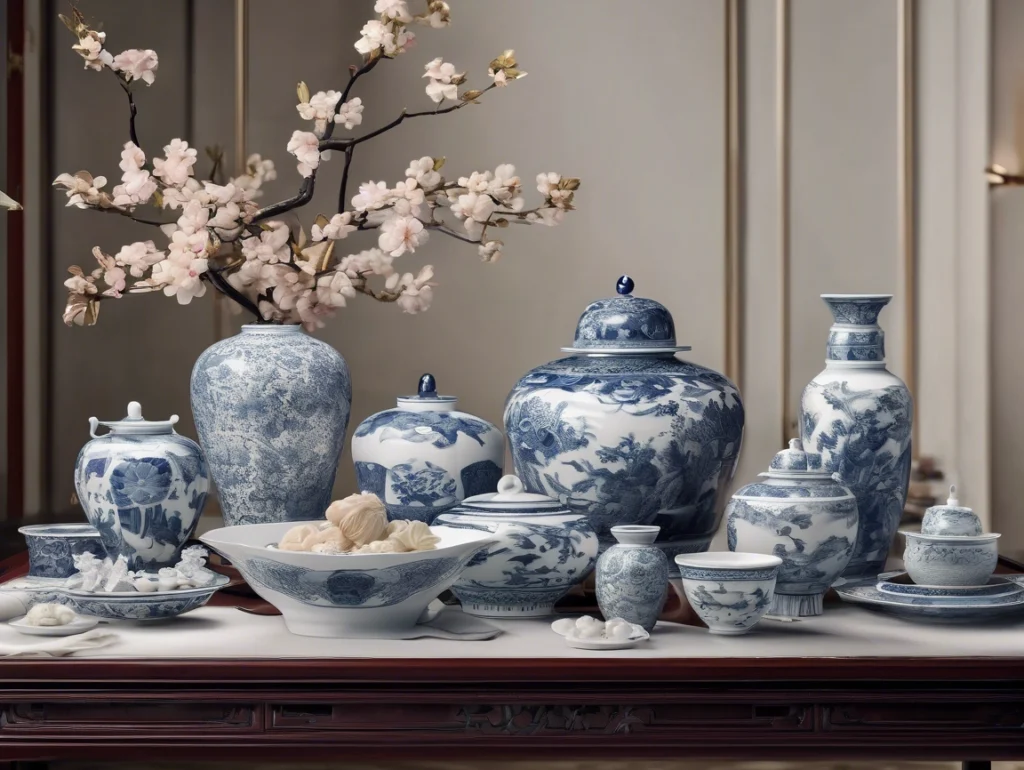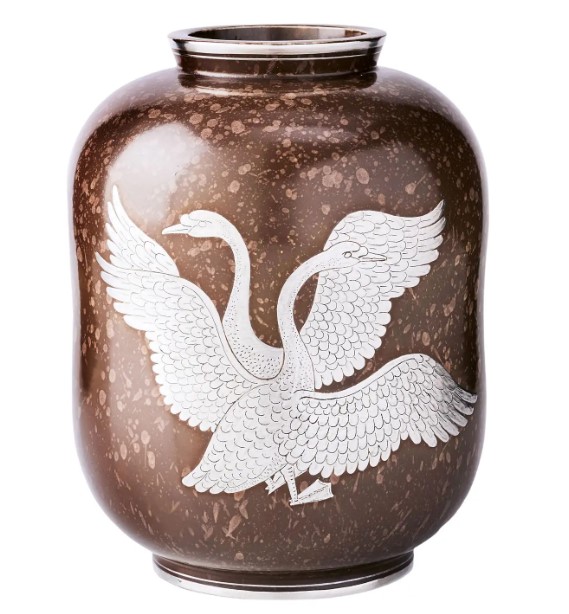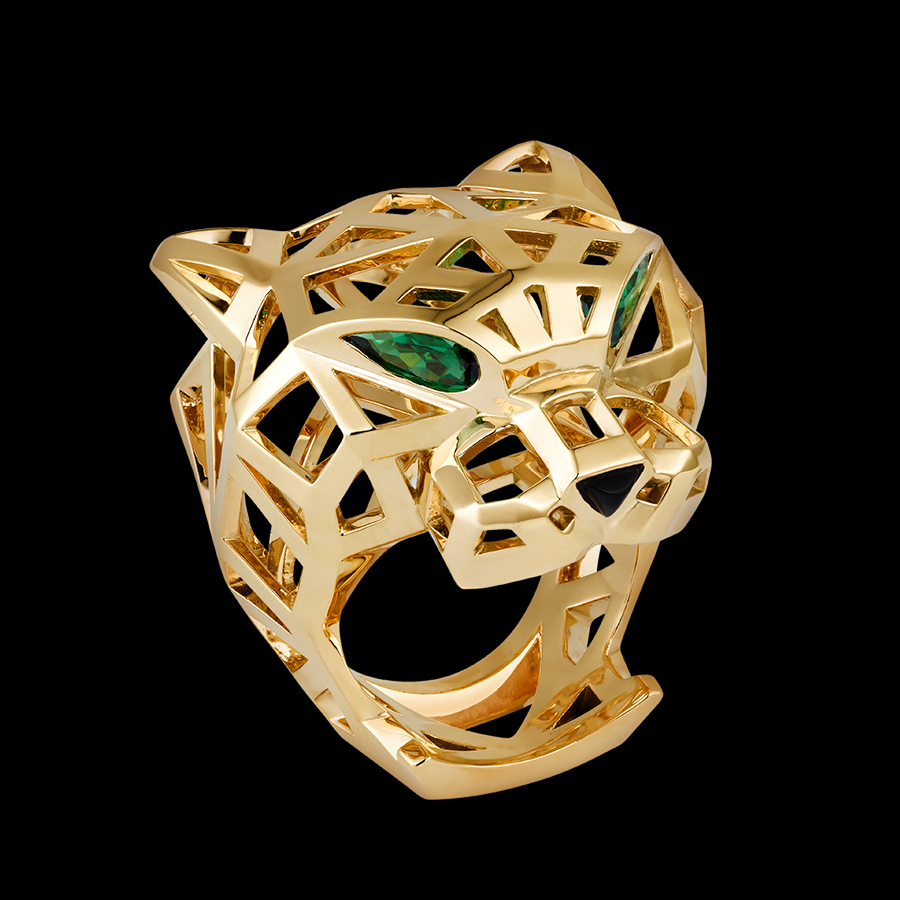Fine Art
Modern Art Resale
SHARE
Modern art resale has become an increasingly important market in the art world. With the skyrocketing prices of contemporary art, collectors are increasingly turning towards the secondary market as an opportunity to acquire sought-after works at a more affordable price. In this blog, we will examine the benefits and challenges associated with modern art resale.
Investment potential-
One of the primary reasons collectors are investing in modern art resale is the potential for financial gain. The modern art market forecast has been promising, with sales in the auction market consistently breaking records in recent years. Collectors who purchase works by established artists such as Mark Rothko, Pablo Picasso, or Andy Warhol are likely to see their investments grow over time, providing steady returns as the value of the piece increases.
Lower barrier to entry-
Another advantage of modern art resale is accessibility. As mentioned previously, collecting contemporary works can be prohibitive, with prices often reaching millions of dollars. Resale, on the other hand, allows collectors to purchase works at a lower price. This makes the market more inclusive and provides an opportunity for more people to engage with and appreciate contemporary art.
Provenance challenges-
However, there are also challenges associated with modern art resale, such as provenance issues. Provenance refers to the chain of ownership of a work of art, and it is an essential component in determining the authenticity and value of a piece. For example, if a work of art has been stolen or has an unclear chain of ownership, it may become difficult to sell the piece legally. Collectors must therefore exercise caution when purchasing works from unverified sources, particularly those without proper documentation and provenance.
Authenticity concerns-
Another inherent risk of investing in the modern art resale market is the possibility of purchasing a counterfeit work. With the value of contemporary art increasing, the risks of forgery also increase, making authenticity a crucial concern for both buyers and sellers. Collectors should conduct thorough research and seek the advice of art experts to minimize the risks of buying a fraudulent piece.
Third-party intermediaries-
To mitigate some of the risks associated with modern art resale, many collectors turn to third-party intermediaries. These experts provide services such as independent authentication, appraisals, and representation in sales negotiations. Intermediaries can play a critical role in ensuring that a work is authentic and verifying its provenance, thus providing a level of confidence for buyers and increasing the value of the piece.
Online resale platforms-
Online platforms such as Artsy, Sotheby’s, and Christie’s have become increasingly popular in the modern art resale market. These platforms offer collectors a convenient way to purchase art from anywhere in the world, expanding the global reach of the market. Additionally, online platforms provide access to auction records, sales data, and expert opinions, making it easier for collectors to research and make informed decisions about their purchases.
While modern art resale comes with some challenges, it also offers tremendous potential for collectors. The market provides access to a broader range of works from established and emerging artists, allowing collectors to build valuable collections over time. Ultimately, the success of modern art resale comes down to diligent research, careful consideration of provenance, and collaboration with trusted art advisors and intermediaries. With due diligence, collectors can navigate this exciting market, benefiting from the potential financial gains and the intrinsic value of contemporary art.
